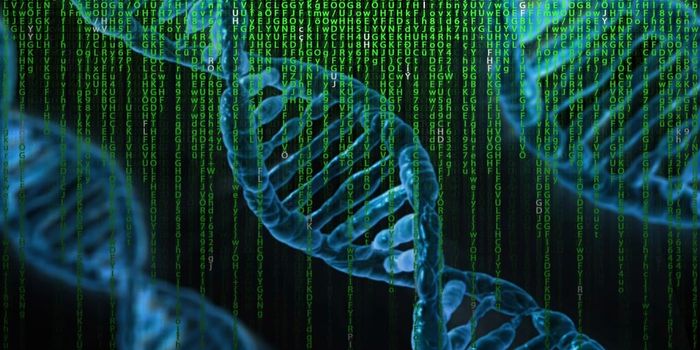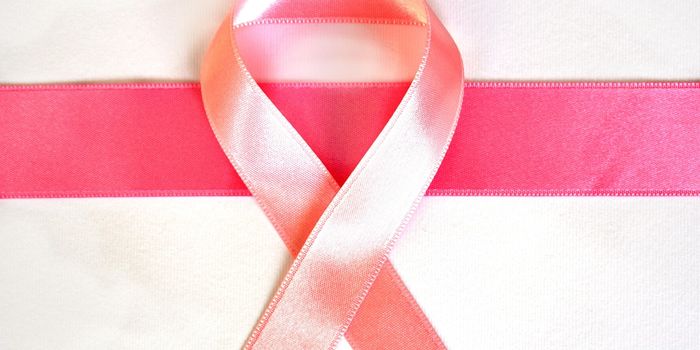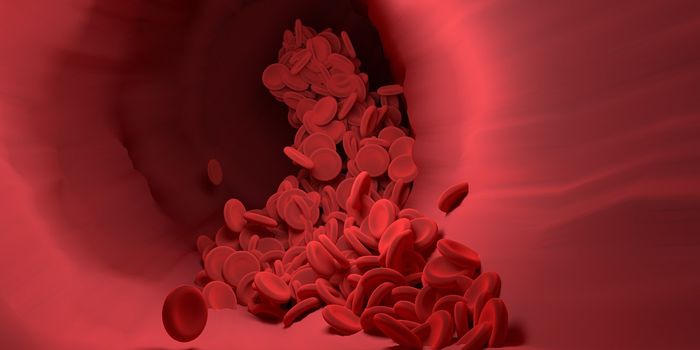Breaking the Blood-Brain Barrier in the Fight Against Brain Cancer
One of the more unique aspects of the human body is the blood-brain barrier (BBB) that protects the central nervous system from pathogens that may be in the present in the body. In the case of brain diseases, the BBB acts as a barrier against treatment. Glioblastomas (GBMs), the most common form of brain cancer, are already tricky to treat. The two primary phenotypes of glioblastomas are their uncontrolled proliferation and their diffuse infiltration into the brain. These combined with the BBB have required treatments to deal with a series of problems all at once. A group from Minnesota decided to utilize a KIF11 inhibitor alongside another to try and overcome these problems.
The KIF11 inhibitor in question is called Ispinesib, and the group had already shown it to be effective in treating glioblastoma cells both in vitro and in mice in vivo. They hypothesized that even though it worked alone, they could increase its effectiveness by somehow overcoming the BBB. They targeted the two BBB transporters P-glycoprotein (P-gp) and breast cancer resistance protein (Brcp) that have previously been found to transport drugs out of the central nervous system back into the body. The best inhibitor available was elacridar.
Starting off, the treated mice with GBMs with ispinesib and measured its levels in GBMs and the brain after knocking out one or both BBB transporters. They found there was an accumulation of ispinesib in the central nervous system without the transporters, with a double knockout showing the highest levels. Next, they utilized elacridar, a specific and robust inhibitor of P-gp and Brcp, alongside ispinesib in wild type mice with implanted GBMs. While the knockout experiments had a much higher accumulation of ispinesib in the brain, elacridar elicited a significant increase as well.
With the dual ispinesib and elacridar treatment showing promise, they decided they wanted to test it on both human and mouse GBMs in a mouse model and found it effective in both cases. Further confirmation came when they measured ispinesib levels in GBMs, compared to brain and blood levels. When they compared the dual treatment against ispinesib alone, they found that there was a significant difference in ispinesib accumulation both in the brain and the GBM against the blood. Elacridar had allowed ispinesib to accumulate at therapeutic levels in the brain, where ispinesib alone saw much of it expelled back into the body. This increased accumulation in the brain allowed GBMs to be exposed to therapeutic levels of ispinesib for longer periods. A follow-up experiment on mice treated similarly showed mice treated with both inhibitors had a longer survival time than those with one or no inhibitors.
The blood-brain barrier has always been an issue when treating diseases of the brain or central nervous system. The use of both a new KIF11 to treat Glioblastomas and a blood-brain barrier transporter inhibitor increased the effectiveness of treatment in mice, and it could offer an effective option for future chemotherapies cocktails. The ispinesib and elacridar dual treatment seems to be a great candidate for further study.
Sources: Nature, Alila Medical Media









